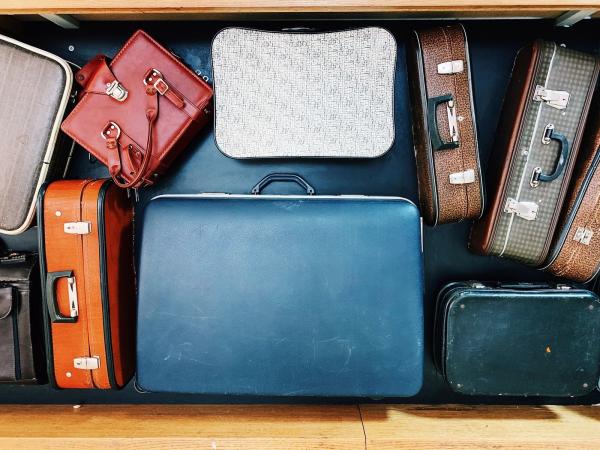
This project targeted 13 different use cases, each with a specific purpose, different stakeholders and users, a variety of technologies, etc. The objective would consist on improving the quality of life in a city, as well as the experience of tourists visiting that city. Grouped in three themes, 5G-TOURS has deployed end-to-end trials in real environments, each one in its trial site: Turin, the touristic city; Rennes, the safe city; and Athens; the mobility-efficient city.
Atos has led the work package related to the design of the 13 use cases envisaged by the project and the development of the augmented tourism experience –the Augmented Reality part– use case developed at Palazzo Madama in Turin. Atos has also participated in the Excursion on an AR/VR-enhanced Bus use case carried out in Athens; has developed an AI Agent for OSM functionality that has been adopted as a Proof of Concept (PoC) by Open Source Mano (OSM) and made available to the Open Source community through the readthedocs.io public repository; and participated in other technical, communication, dissemination and business activities as well.

